Portraits, for ordinary people, are just a way of recording the eyes, revealing a bit of the soul in a moment. But in the old man's house, portraits are not for remembrance or for beauty. Portraits are a ritual. A ritual to see through the soul, to peel away the layers of layers that people often put on each other. Portraits in the old man's house avoid depicting living people, only depicting the dead. Because only when the soul leaves the body, the face becomes true to the past.
The Tran family tree on Hang But street records that their ancestors were silversmiths during the Le Trung Hung period, but it was not until the generation of Tran Mien - Tran Duc's great-grandfather - that they switched to portraiture painting. Tran Duc lived his whole life by portraiture. Nearly a hundred years old, his eyes were dim, his hands were shaking, but his memory was still sharp. Every time he told a story, Duc did not look at anyone, but looked into space. It was as if he was seeing the people he had painted, appearing one by one... "Some people say, portraiture is drawing likeness, drawing beautifully. Wrong. Likeness is not necessarily a god. But if it is too beautiful... it is fake".
The eldest grandson, Tran Duy, was an art student, studying drawing to enter a film studio or illustrate comics. He was not interested in portraiture. One day, while cleaning his attic, he discovered a strange portrait, painted using the ancient portrait technique, but the eyes of the character in the painting were painted over with black ink, as if intentionally covered. Below the painting was a line of text: "Only those who know how to portrait can know the truth of the world."
The nephew brought the strange painting down to ask Mr. Tran Duc. The old man remained silent for a long time, his eyes never leaving the erased eyes in the painting. Then instead of answering, he began to tell - not about that painting, but about other faces, old stories that had been imprinted in his pen. As if to understand that painting, one must first go through the shadows of the dead - where the "god" had appeared, not according to the will of the living.
Duc's great-grandfather - Tran Mien was once invited to Thang Long citadel to paint a portrait of a king of the Le dynasty. According to orders, he was only allowed to interact in the dark behind a curtain, to hear the voice and was given a piece of cloth with the king's signature scent...
No one knows where the story of Mr. Tran Mien painting the king came from, and it spread throughout the country. People from all over the country came to him. He was asked to paint a famous scholar, who was praised throughout the region and had a temple built for him. The family came to him to ask him to paint a portrait to inaugurate the family temple. The painting took nearly a month to complete. Not because it was difficult to paint, but because every time Mr. Mien touched the brush, his facial expression changed. Sometimes holy, sometimes lustful, sometimes infatuated, sometimes scheming. It was not until he dreamed that he was crying and asked not to paint any more that the painting stopped.
Portraits do not always lead to acceptable truths. There are paintings that, when completed, cause controversy - not because of the brushstrokes, but because of the things people do not want to admit. The story is about a wealthy family in Ha Dong who came to the house of Mr. Duc's grandfather - Mr. Tran Lan. They wanted to redraw the portrait of their deceased ancestor. There is no longer a painting, only the story: he was a kind, compassionate person, a landlord but loved the people, hid rice to feed the poor, helped the insurgents...
They brought the old servant - Mrs. Bay - to describe. She said: "The ancestor has a square face, eyes that sparkle like well water, a voice as deep as a gong, everyone who sees it loves him." Mr. Tran Lan sat and listened, then started sketching. After three days, he drew the eyes. After a week, he finished the bridge of the nose, the forehead, and the lips. The portrait appeared exactly as described - kind and majestic. However, one night, he searched the old warehouse of the family and suddenly found an old portrait, with the note: "Pham Van Huy - Chinh Hoa 2nd year". It was indeed the ancestor of the Pham family. But the face in the old painting was cold, with cunning eyes, a hawk-like nose, and a pointed chin like a snake. There was not a trace of compassion. Mr. Lan was panicked. The next morning, he quietly brought both paintings. The owner looked at them and flatly denied: "It can't be the ancestor! The ancestor is a good person! Mrs. Bay said so!". He pointed to the old painting: “I did not paint this. It was painted by someone from the past - my grandfather.” From then on, the painting painted by Mr. Lan was quietly put away and not hung. The Pham family never mentioned it again.
Portraiture is not only a profession, but sometimes a curse. It was portraiture that brought the Tran family to glory, but also pushed them into danger. During the war, Mr. Tran Tac - Mr. Tran Duc's father was asked by the villagers to draw portraiture for families who had fallen in battle. Most of the time, he drew from memory, from stories. One night, Mr. Tac sat in the middle of the thatched house, surrounded by his old wife and mothers crying. The mother said: "My child has single eyelids, smiles a lot, and has crooked teeth". Another woman said: "My child has a mole under his chin, but it's good, the whole neighborhood loves him". He drew and drew, drawing until he forgot to eat. He drew to the point where he couldn't tell who was real and who was a shadow.
One day, he suddenly painted a portrait of himself - without even knowing who it was. The face was unfamiliar, but the eyes seemed familiar. He finished the painting and hung it on the wall. Three days later, he went crazy. His eyes were always on the painting. His mouth was muttering: "He looks at me... like I'm the one who killed him..."
After that incident, Mr. Tac could no longer hold a pen. Mr. Duc - his son - was only six years old at that time, and had already started learning to draw. In the Tran family, everyone said: "Duc is the best painter after Mr. Mien".
Mr. Duc said that a woman once came to him and asked him to draw a portrait of a man - no photo, no specific description, just saying: "He died in the war. But I want to remember his true spirit."
Mr. Duc painted for many nights, but each time he got a different face. Sometimes the eyes were fiery, sometimes they looked like they were crying, sometimes they were empty. On the seventh time, he was able to draw a complete portrait - calm eyes, a gentle smile as if letting go. The woman looked at the painting for a long time and then said: "Thank you. This is the man I love." When he asked who the man was, she simply replied:
“As a man who killed someone and also saved my life. I want to remember him as a human being”...
Another time, Mr. Duc was invited to the house of a retired official - who had held a high position in the Court. He did not want to draw himself, but rather... a death row inmate. A bandit leader whom he had sentenced to death. "I remember his face very clearly," said the retired official, "because he stared at me when he heard the verdict. He looked as if to ask: 'Do you really believe you are innocent?'"...
Mr. Duc painted according to the story, then compared it with the old, blurry photo. When the painting was completed, the retired official looked at the portrait for a long time, then smiled faintly: “It’s really scary. He looked at me as if I were the guilty one.” After that, he sent Mr. Duc a letter, briefly: “I started dreaming about him - but every time I was sitting in the defendant’s chair, and he was wearing a judge’s robe. Maybe I need that painting to talk to my conscience. You keep it. I don’t dare hang it”...
Times change, the profession of portraiture also changes. People not only ask to paint the dead, but also the living - because they want to preserve their appearance, or to make a name, to seek prestige. At first, Mr. Duc refused, but then he had to pick up the pen, because there were people who did not need to look back - but wanted to see ahead. One of them was Le Ngoc.
The first time he met Le Ngoc, he was a high-ranking official, newly promoted to Director. He wanted a portrait to "remember his life". Mr. Duc painted it. When he finished painting, the man burst into laughter: square face, bright eyes, thick lips, majestic demeanor.
Three years later, Ngoc returned.
He said to the old man: “Draw it again for me. I just got promoted.”
He painted again. But strangely, this time his face became more serious, his eyes deeper, his forehead gloomy. Mr. Duc did not change anything - he just painted according to his feelings.
A third time, he returned, but this time in silence. He was thin, his eyes were sunken, his voice whispered like the wind through the curtain: “Draw me again…”.
Mr. Duc painted. And in the painting, the eyes were empty, as if there was no more mind. He looked at the painting, sighed, and then walked away quietly.
A year later, people heard that Le Ngoc was arrested for embezzlement and held in solitary confinement until his death.
Mr. Duc still keeps three portraits of him. Three faces, three different "expressions" - like three human lives.
…
The last grandson asked Mr. Duc:
- So who is the picture you hid in the attic, the eyes are blacked out?
Mr. Duc was silent. Then after a long while, he said:
- That was the last portrait I painted. Of… myself.
He explained that the last time he looked in the mirror to draw himself, he could not draw his eyes. Because he carried within him all the “gods” of others: pain, lies, kindness, betrayal, love. He no longer knew where he was. He feared that if he drew them, he would no longer be a person – but a mixture, a “living memory” of hundreds of characters who had passed through his hands.
The nephew silently stared at the painting, which had been painted over his eyes. That night, in his dreams, he saw the old faces that had appeared in the painting - each look, each smile - as if they were looking back at the painter himself.
Mr. Duc had no children to continue his career. Tran Duy - his grandson, the only one who knew how to draw - turned to animation. The profession of portraiture gradually faded into the past.
The year he died, people opened an old chest and found nearly three hundred portraits. No names. No ages. No addresses.
Only the eyes follow the viewer as if alive.
Some people said that that night, they heard him whispering in the gallery: “To paint a person is to touch their soul. To preserve their spirit… is to keep a part of their destiny…”.
Short story by Tran Duc Anh
Source: https://baophapluat.vn/truyen-than-post547883.html






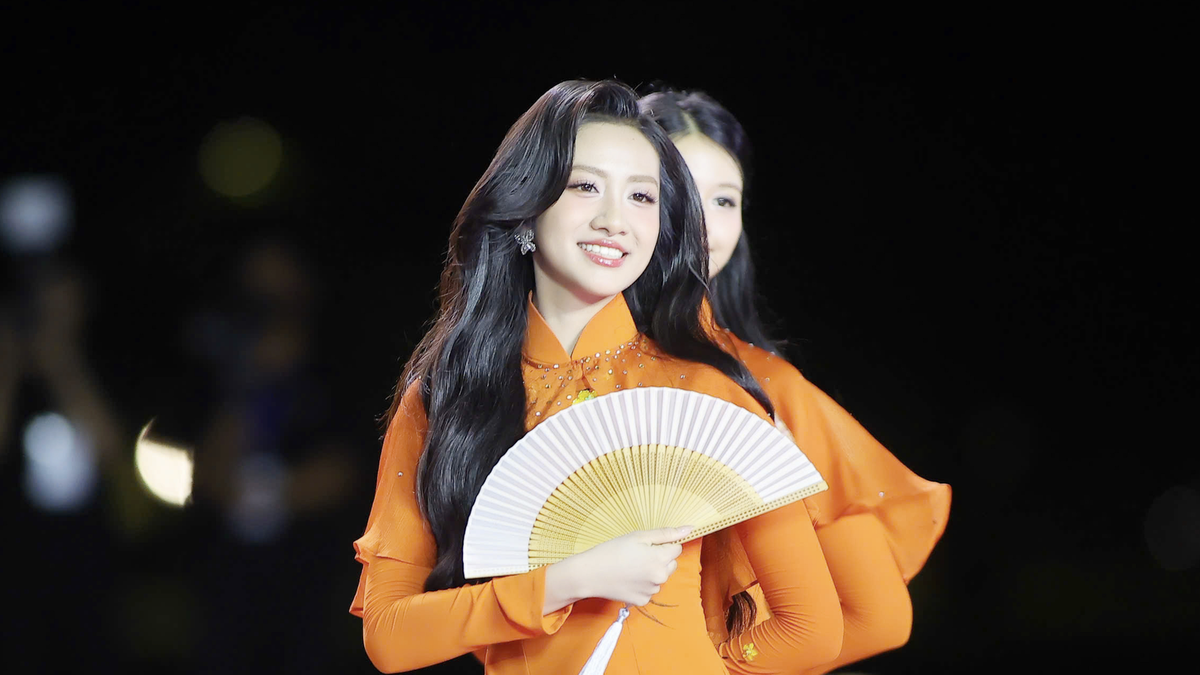



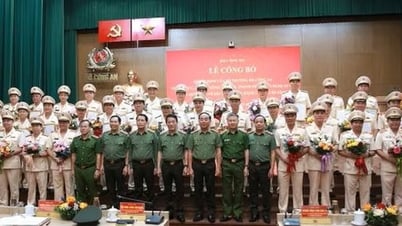

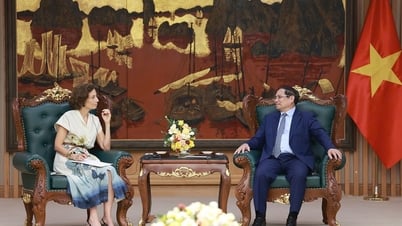



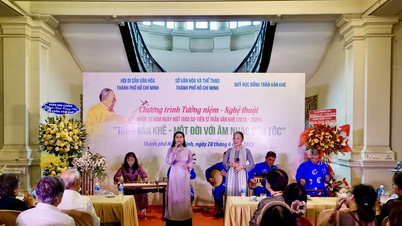





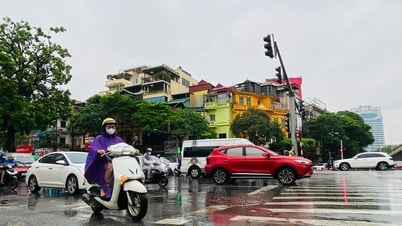

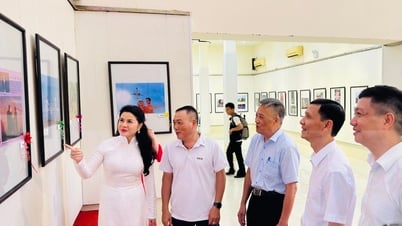









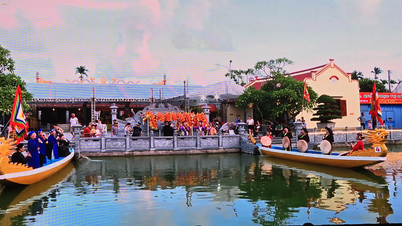

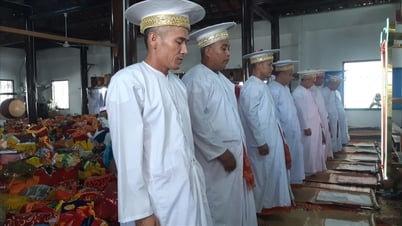

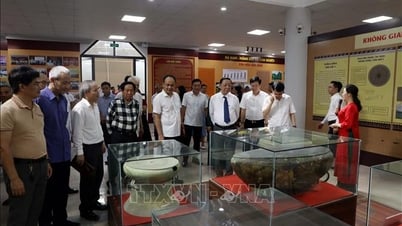





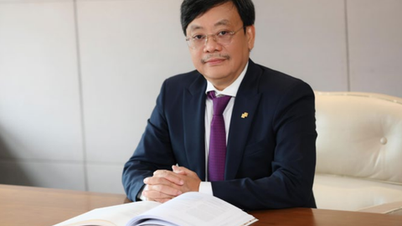




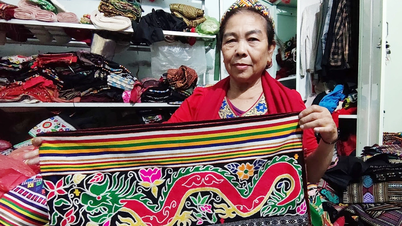

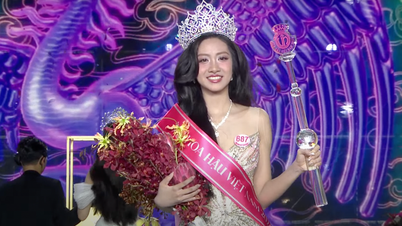













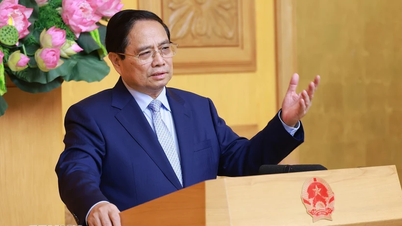











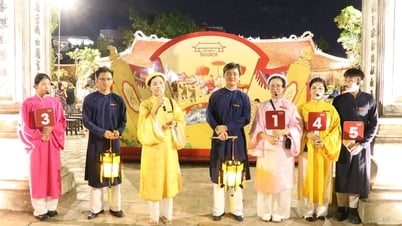






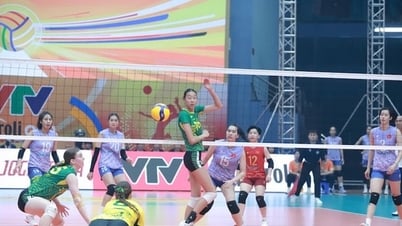















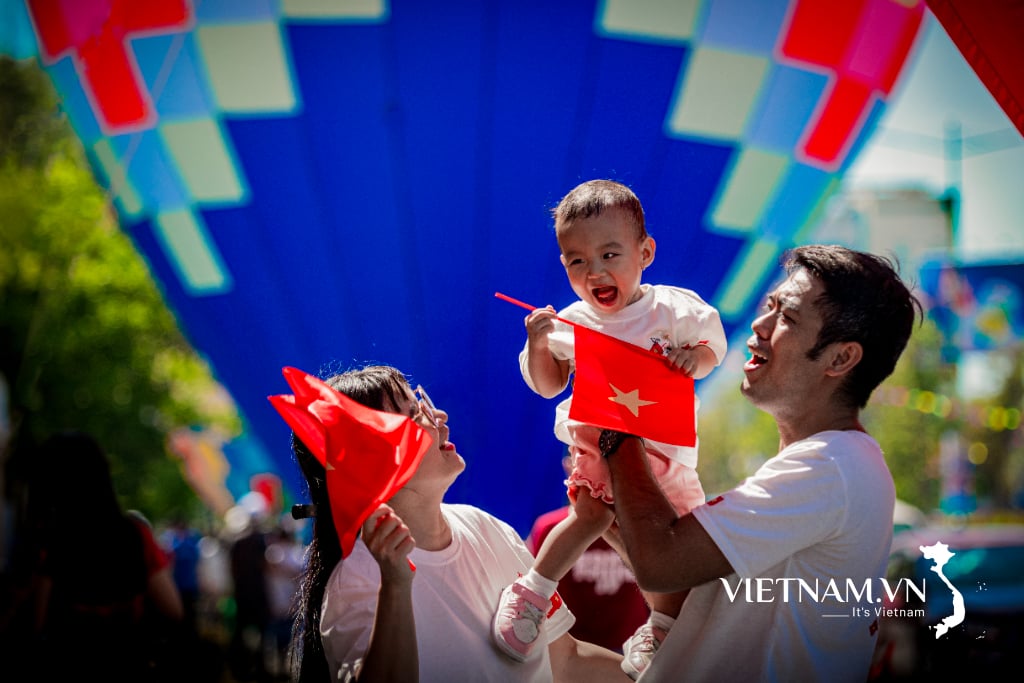



Comment (0)